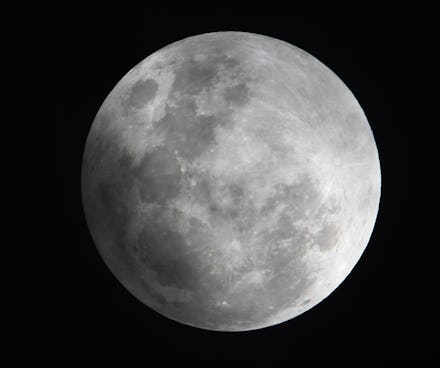A full moon, lunar eclipse and comet may all be visible on Friday. Here's how to see them.

A full moon, lunar eclipse and a comet may all be visible to much of the world Friday night if the skies are clear.
Early in the night, the snow moon will pass into the Earth's penumbra, shading part of it. A few hours later, the bright green comet 45P will shoot past the Earth.
Though penumbral eclipses are typically not as noticeable as total lunar eclipses, the moon is expected to pass so deeply into the Earth's shadow that it will appear far darker than usual.
The green comet, which visits our neck of the solar system every five years, will whiz within 7.7 million miles of Earth at a speedy clip of about 14.2 miles per second.
Most of the world — except for Australia, New Zealand, parts of East Asia and Hawaii — will be able to see the eclipse.
How to watch
Shortly after February's full moon peaks, it will enter the Earth's penumbra and pass through it for about four hours. On the East Coast, the lunar eclipse will first appear around 6:14 p.m. Eastern, according to a statement by Alan MacRobert and Kelly Beatty, senior editors at Sky & Telescope. It will reach mid-eclipse at 7:44 p.m. Eastern and begin to brighten, exiting the penumbra just before 10 p.m. Eastern.
MacRobert advises viewers to start watching the sky about 90 minutes before mid-eclipse, right around the time the penumbra becomes visible.
Comet 45P will be closest to Earth around 10:30 p.m. Eastern, according to the Washington Post. But you'll need binoculars or a telescope to see this one — it will not be visible to the naked eye.
Light pollution and tall objects and structures may also hinder viewers' ability to see the events — particularly in the western part of North America, Space.com notes, where the moon will be low on the horizon when the eclipse occurs.
Slooh, a network of observatories, will webcast the snow moon eclipse and comet beginning Friday evening, featuring expert commentary as the moon reaches mid-eclipse.